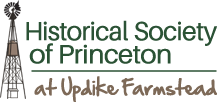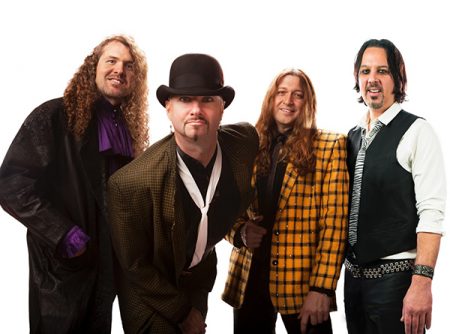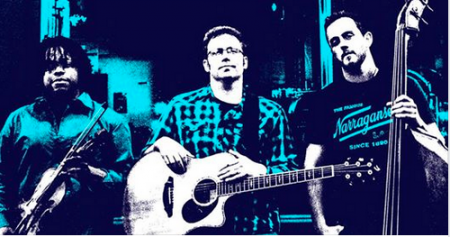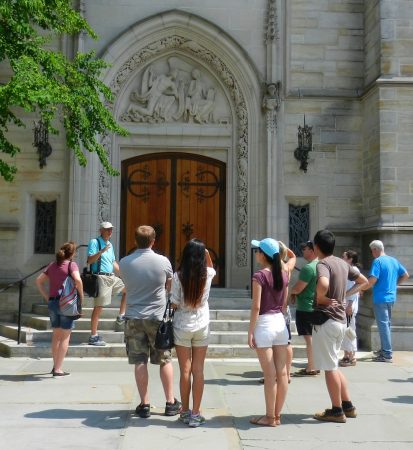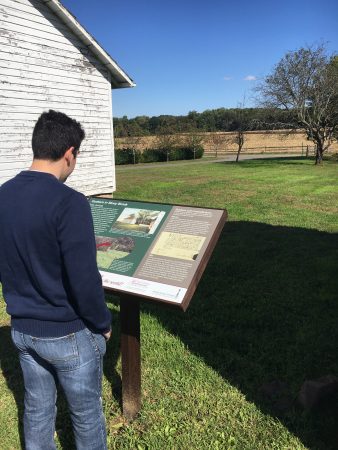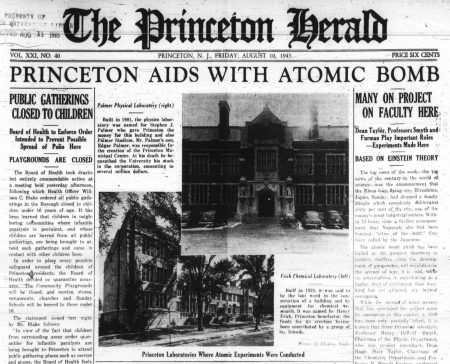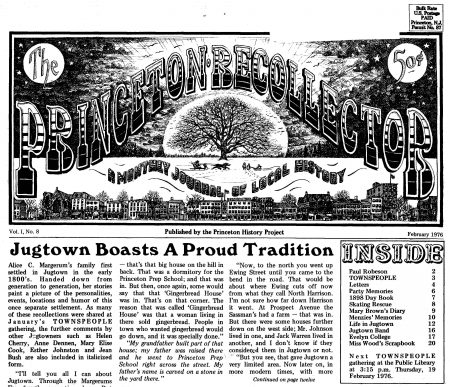Culminating a five-year collections planning and review process, on August 26, 2019, the Historical Society of Princeton’s (HSP) Board of Trustees approved items from HSP’s objects collection for deaccession, upon the recommendation of HSP’s Collections Committee. HSP retained and improved use, access, and interpretive strategy for the majority of its vast collection as part of this process.
As per field-wide best practices, HSP periodically reviews its holdings, a process that includes determining which items truly support HSP’s mission and which items are not relevant. HSP has reviewed and deaccessioned material several times over the course of its history, in 1978, 1997, and 2004.
Starting in 2014, HSP began its most recent collections review, an extremely thorough look at each and every three-dimensional artifact in HSP’s possession, of which there are approximately 3,000. HSP’s extensive archival holdings, including 35,000 historic photographs, over 800 manuscript collections, and 2,000 maps and architectural drawings, were not part of this artifact review.
As part of this process, HSP reunited objects with records, improved the documentation of objects in its collections database, repackaged holdings according to conservation standards, extensively researched objects to confirm their provenance, and identified 487 items that do not support HSP’s mission, which were recommended for deaccession. Each item was reviewed three times in the last three years. HSP has retained the majority of its collection.
Consistent with established best practices, deaccessioned objects deemed suitable will be offered to other cultural institutions, while others will be sold at a well-advertised public auction. Some will be retained at HSP as handling objects to be used for educational programs. All proceeds generated by the auction sale will be restricted for the direct care of HSP’s important remaining collection.
From its inception in 1938, the Historical Society of Princeton has actively collected museum and reference materials relevant to Princeton or of general historical interest as part of its history education and stewardship mission. Over time, a substantial and important collection of over 100,000 items was established, consisting of artifacts, maps, architectural drawings, archival manuscript materials, photographs, newspapers, and reference books.
“HSP’s collections create tangible links between the past and present, allowing community members to come face-to-face with Princeton’s story. Nothing is more educationally powerful than this encounter. It’s what makes museum collections so essential,” said Stephanie Schwartz, HSP’s Curator of Collections and Research. “As a history organization, we always prioritize strategies to more effectively bring our exciting and important collections to the public, through school curricula, public programs, exhibitions, and more.”
As with all professional museum institutions, a formal, Board-adopted Collections Management Policy governs all collections practice at HSP. This policy aligns with all best practices, industry standards, and American Alliance of Museums guidelines. Within its Collections Management Policy, HSP outlines its criteria for the acquisition and deaccession of museum materials. Primarily, items in HSP’s holdings must document the history of the Princeton area or its role in state or national history. The deaccessioned items did not meet HSP’s collecting criteria, largely because they lacked sufficient connections to Princeton history.
“Deaccessioning is a healthy process that is part of the natural life cycle of a museum collection,” said Dan Scheid, HSP’s Vice President of Collections. “This review process has positioned our collection to be the best possible historical resource for the Princeton community, and has allowed the Historical Society to ensure it focuses on preserving, interpreting, and sharing the collections that are truly meaningful to the Princeton community.”
Rago Auctions will sponsor the public auction of deaccessioned items designated for sale on October 4. More details about this event will be released soon.
